We caught up with the brilliant and insightful Zhuosi(Joyce) He a few weeks ago and have shared our conversation below.
Alright, Zhuosi (Joyce) thanks for taking the time to share your stories and insights with us today. What’s been the most meaningful project you’ve worked on?
I recently just designed a production of “The Moors” by Jen Silverman. This dark comedy draws inspiration from the Gothic novels of the Brontë sisters, such as “Wuthering Heights” and “Jane Eyre”. Set in a remote Victorian manor amidst the savage landscape of the bleak English moors, the play unfolds as a young governess arrives at the manor after exchanging romantic correspondence with the head of the household. Her arrival brings confusion and further disorder into the lives of the sisters and their two maids. The play delves into themes of loneliness, female visibility and their struggle to be seen and changed. The most amazing aspect of this project has been my collaborators. I feel incredibly lucky to have worked with a great director and designers who are supportive and respectful of each other’s ideas. From the beginning to the end of this project we’ve listened to and trusted one another. One of the pivotal scenes in the script takes the older sister and the governess out of the house for a walk on the savage and windswept moors, where their first kiss occurs. In the stage direction it literally says “the whole world transforms”. But how do you achieve that transformation in a production with a limited budget? How do you bring the vastness of moorland to a confined theater space, especially when we couldn’t use haze due to fire regulations?The director and all the designers brainstormed for weeks, considering various solutions to convey the essence of the moors through scenery. Ultimately we arrived at a simple yet effective solution. We imagined that when the characters step into the moors, they are stepping into light. So, a part of the manor’s wall opens up, revealing a wall of par lights. Suddenly, arrays of bright lights flood the once dark and gloomy space. With the sound of the harsh wind and driving rain, the actors climbing up to a table to use it as a lookout point, we are suddenly transported to the vast and hilly moors. The lighting and sound designers did an incredible job of making the light and sound feel hypnotic, terrifying and beautiful all at once. We were all satisfied with the outcome. It’s moments like these that remind me that set design alone cannot solve everything. You have to leave space for the collaborators, in this case, light and sound to take the spotlight in the transition. Trusting your collaborators to excel is key.
The cast and creative team for this production is mostly female, and we’ve cultivated an excellent working environment together. We’ve had so much fun and I even found myself wishing the tech days could stay longer. It truly felt like a dream came true, being able to tell a powerful female-driven story with such an amazing group of people.
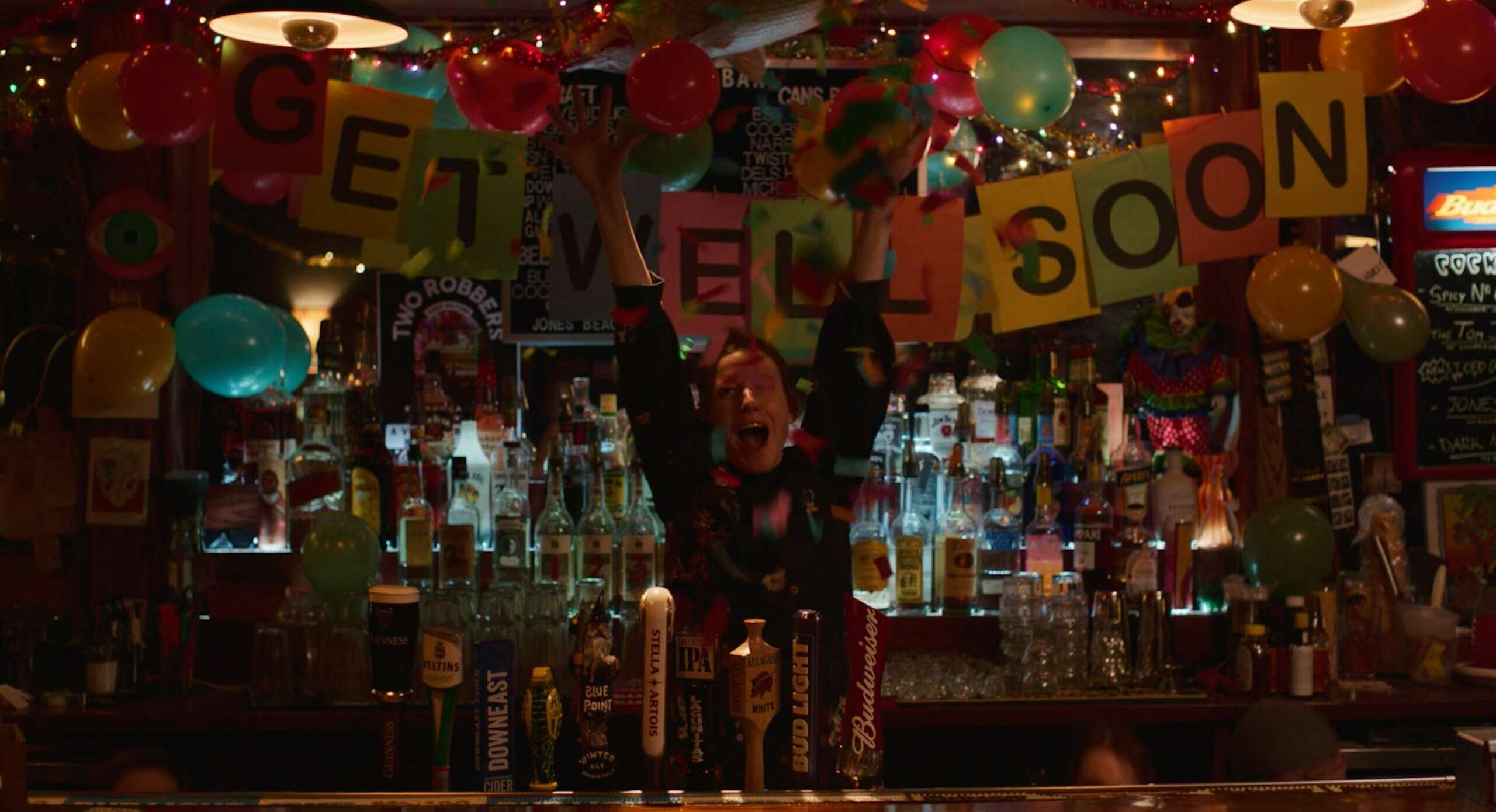
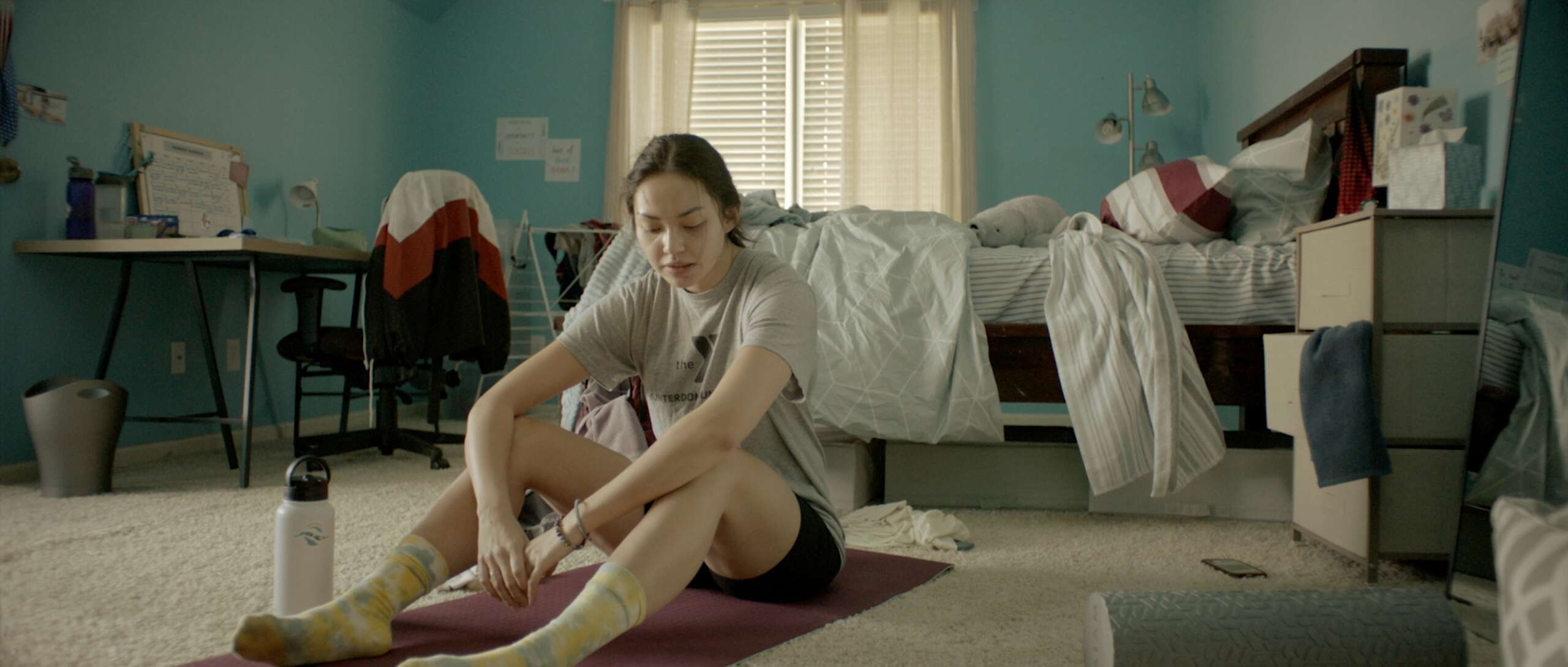
As always, we appreciate you sharing your insights and we’ve got a few more questions for you, but before we get to all of that can you take a minute to introduce yourself and give our readers some of your back background and context?
I am a New York-based scenic and production designer for stage and film. Originally from Shenzhen, China. As a child, I dedicated much of my time to dancing. Dancing not only introduces me to the world of the performing arts, but also sparked my fascination with transforming words and text into emotional expressions through bodily movements. Afterward, I came to the United States, and I pursued Film Studies and Architectural Studies at Mount Holyoke College in western Massachusetts. It was during my time in college that I developed a deep passion for theater and film design. To me, set design is the art of using design elements to shape the space and guide the movement of bodies within that space, bringing to life the emotional essence of the text. It beautifully combines storytelling and architecture.
I am currently pursuing my MFA in set design at NYU Tisch’s Design for Stage and Film program. Over the past three years, I have had the privilege of immersing myself in numerous theaters across NYC and the world. The productions that resonate with me most are those that challenge and unsettle, rather than trying to directly mirror the real world. The deliberate physical distance between the audience and the stage, along with the raw authenticity of theater, creates a sharper and more honest reflection of the world we live in. I am particularly eager to delve into the stories of historically marginalized groups, and would like to create worlds and theatrical experiences that envelop audiences in an honest and impactful way.

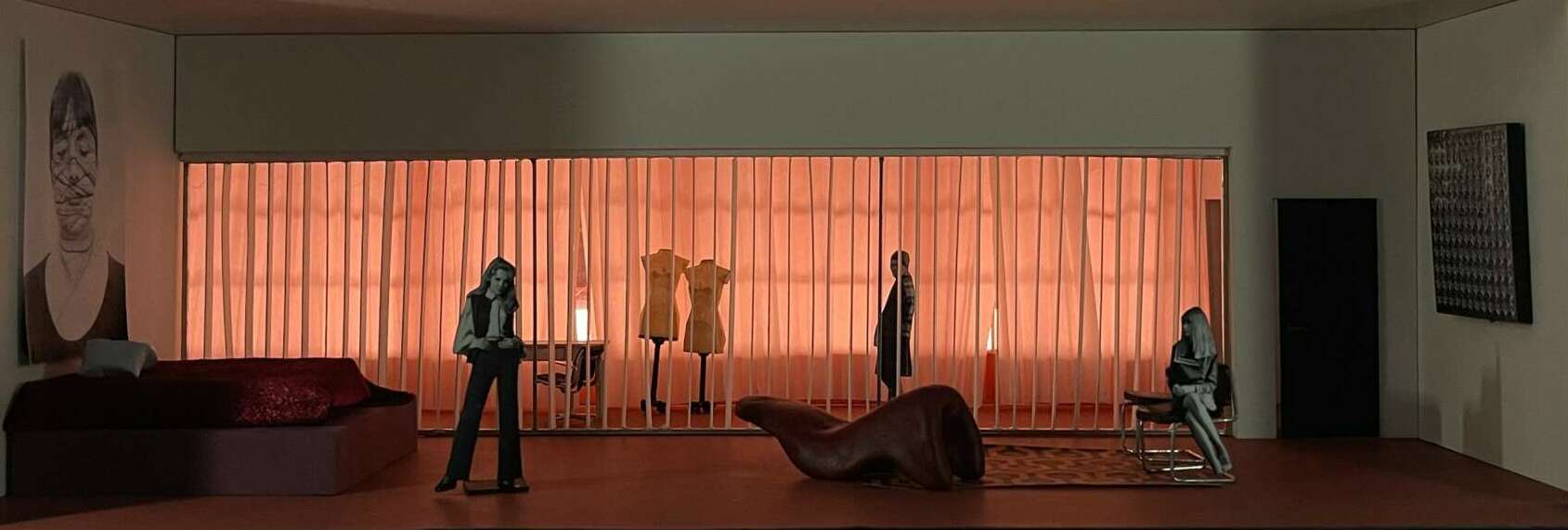
In your view, what can society to do to best support artists, creatives and a thriving creative ecosystem?
I believe it is important for people to recognize that art is work and artists are also workers. The amount of labor that goes into designing every production is a lot. Sometimes designers and artists are taken for granted because there’s a perception that we do it solely out of passion. And this mindset can be very toxic. While we are indeed passionate about our work, we also need to be compensated fairly to sustain ourselves. Passion alone doesn’t pay the bills.
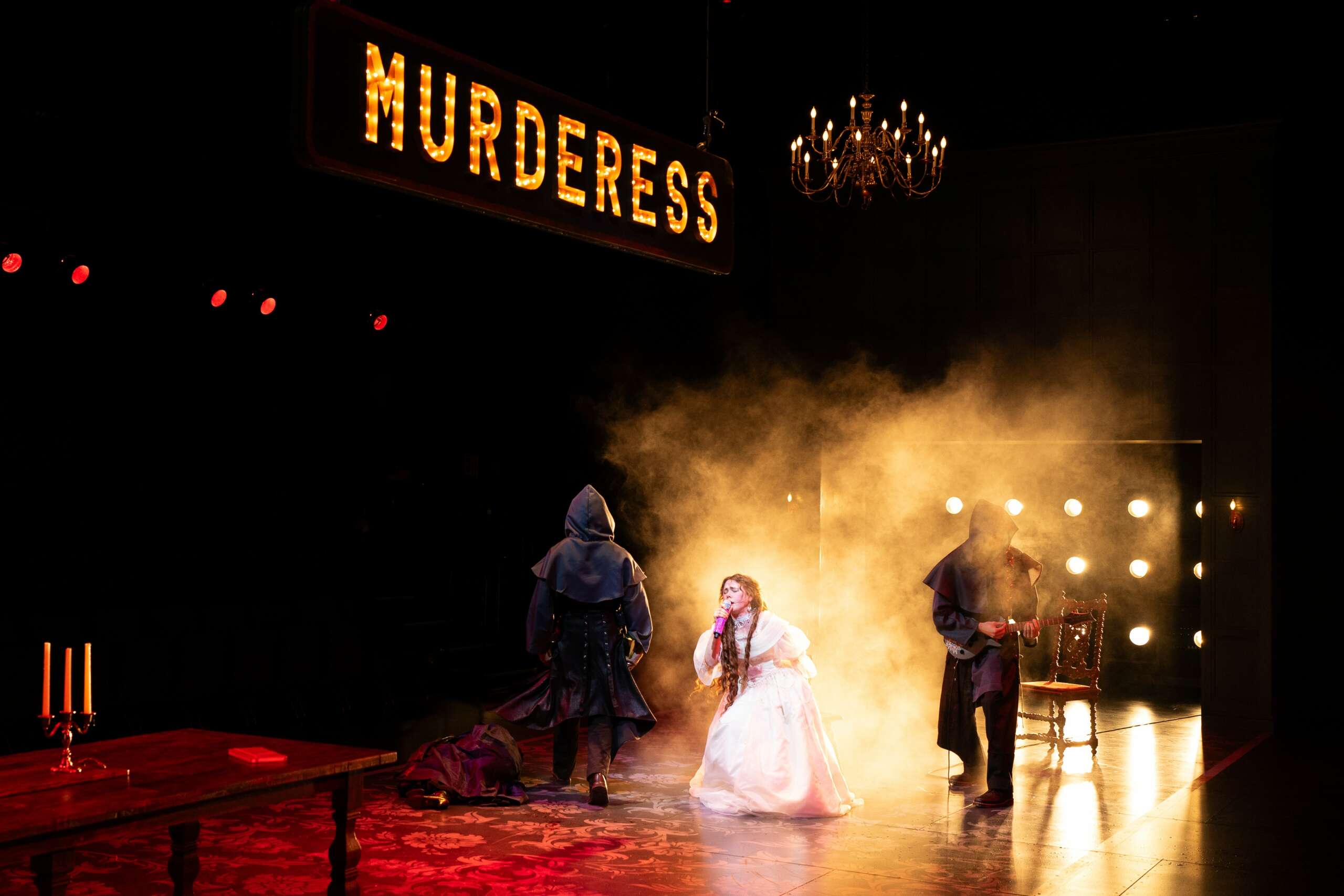

What’s the most rewarding aspect of being a creative in your experience?
The most rewarding aspect for me is the ability to bring my ideas and visions to life, especially in theater. Each project typically spans just a few months. It starts with reading the script and discussing with the director and design team, followed by initial research and then designing. As the shop builds the set, the excitement builds. When we finally reach the tech rehearsals, it’s truly amazing to see it all come together. This process of seeing my ideas materialize into something tangible, and then sharing that with others, is incredibly fulfilling. There’s also an ephemeral aspect to it all. Eventually, everything I design will be taken down, and it exists only in my memory and in the memories of the audience. This transitory nature of the work I do is quite fascinating and adds to the richness of the experience.
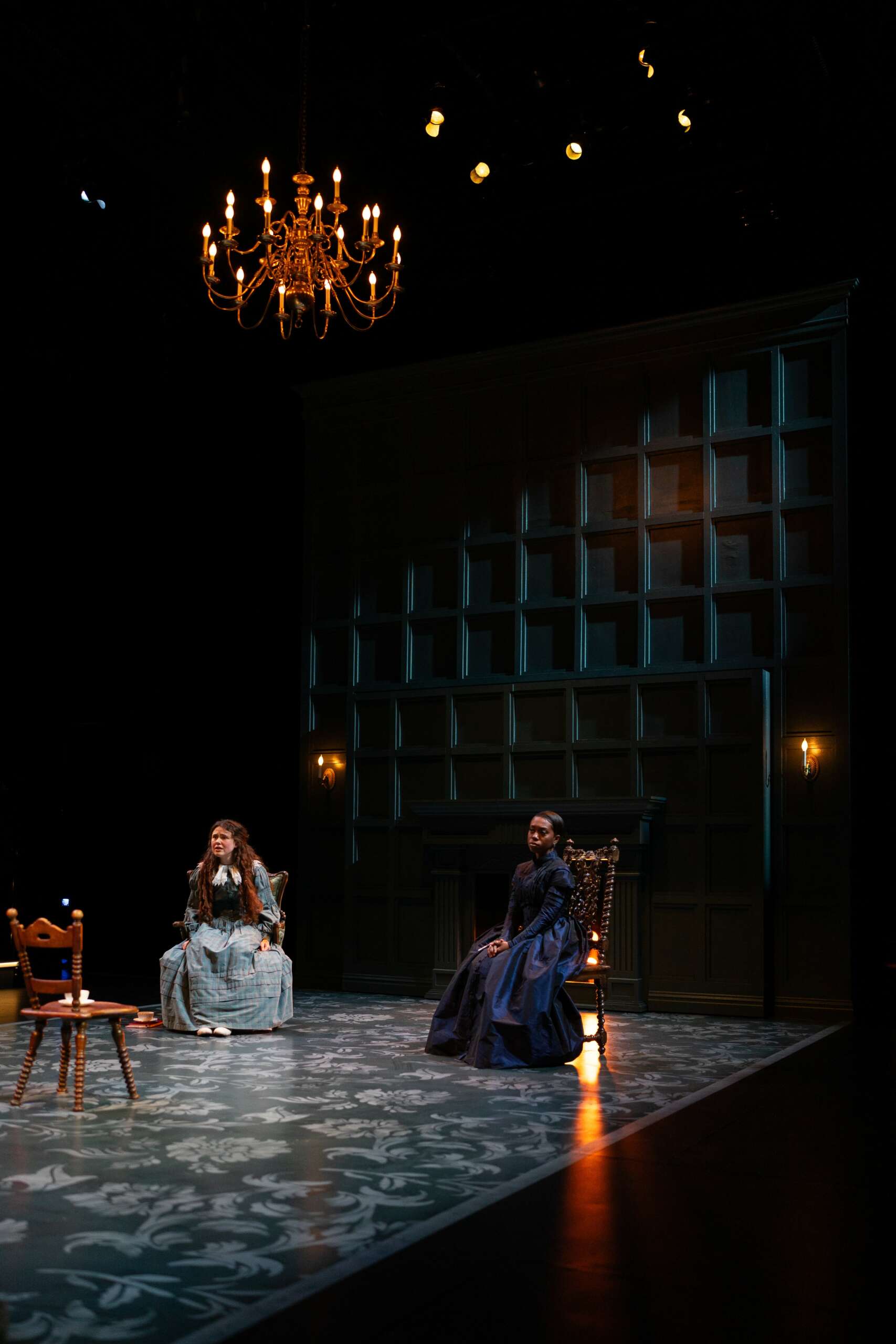
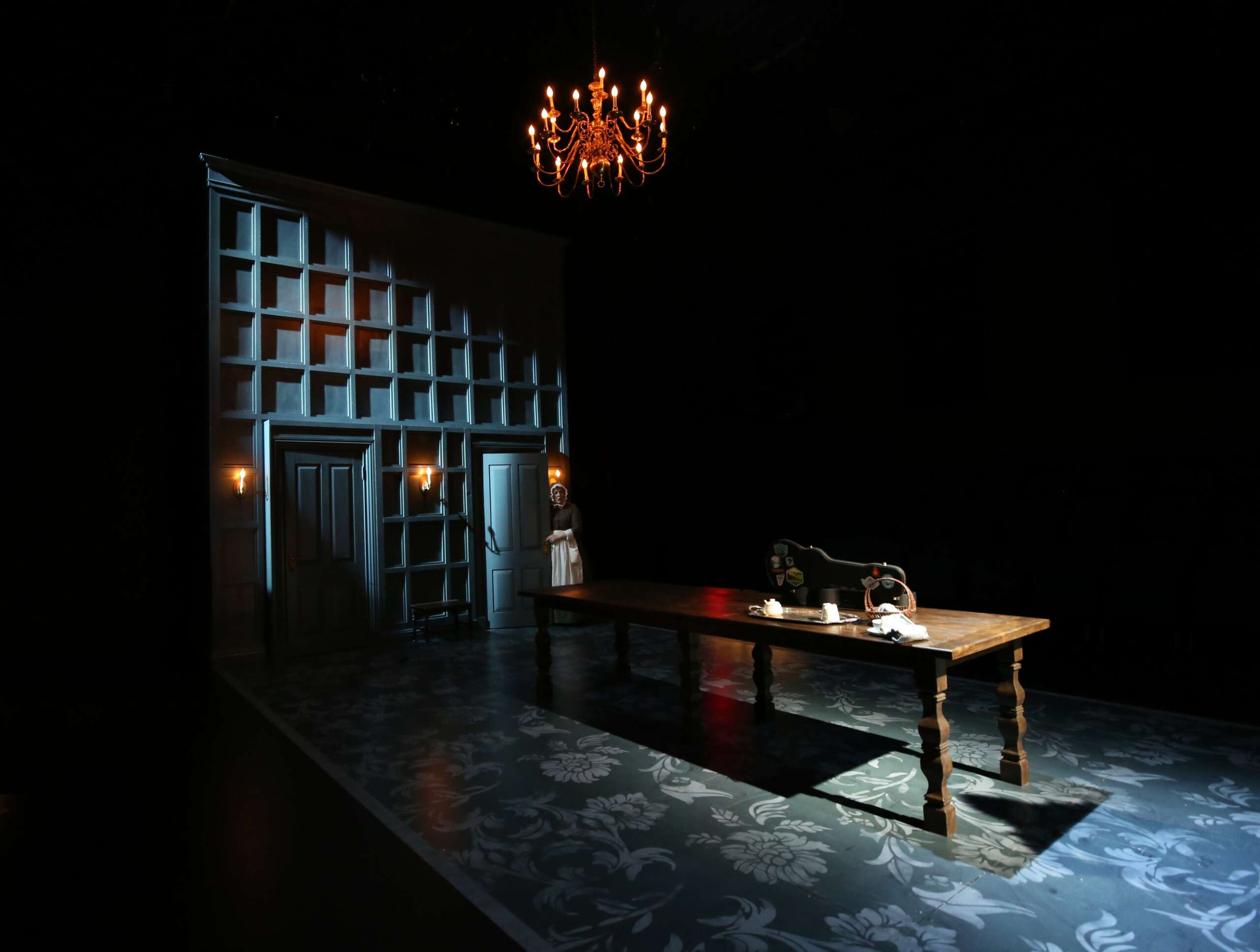
Contact Info:
- Website: http://joycehedesign.com/
- Instagram: joycezhuosihe
Image Credits
Ella Bromblin, Yiyuan Li, Louise Zhang, Ella Gibney, Jana Schuessler


